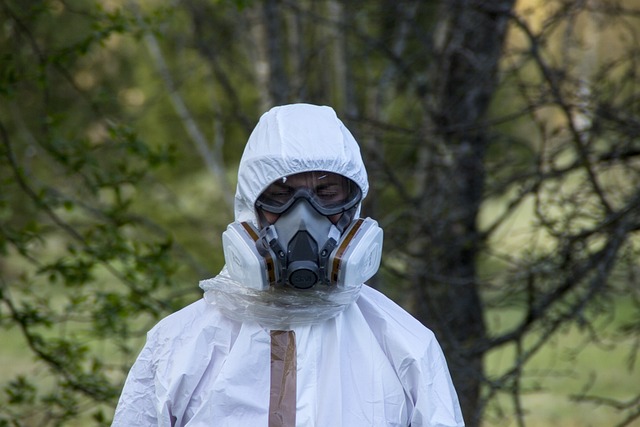Environmental Remediation in New York: Asbestos, Lead, and Mold
As environmental remediation evolves, New York faces the persistent challenges of asbestos, lead paint, and mold contamination. These hazards, particularly in urban areas like New York City, demand innovative solutions and stringent regulatory compliance to safeguard public health. With 2025 on the horizon, new technologies and regulatory changes are set to reshape the landscape of environmental remediation, making it more efficient, effective, and less disruptive. Environmental Remediation Trends in 2025: Embracing Innovation The environmental remediation industry is transforming, driven by the need for more sustainable and efficient solutions. Several emerging trends will influence how asbestos, lead, and mold are addressed in New York in the coming years: Asbestos Abatement in New York: New Technologies and Compliance Asbestos, a known carcinogen, remains a significant issue in older buildings across New York, where it was commonly used in insulation and construction materials. While regulations governing asbestos abatement have long been strict, technological advancements are poised to make the process safer and faster… Read More »Environmental Remediation in New York: Asbestos, Lead, and Mold





